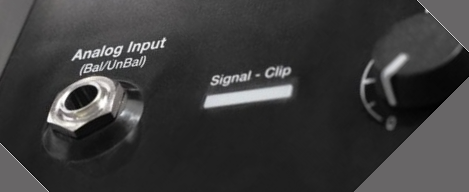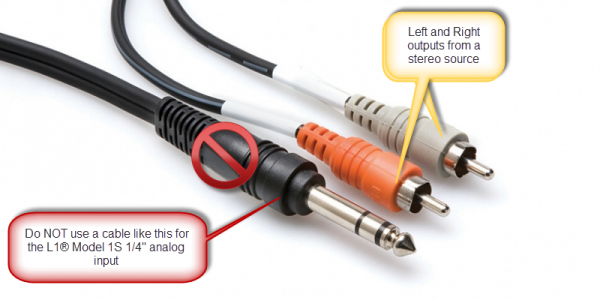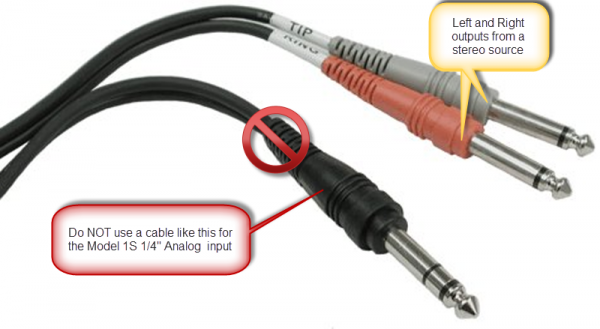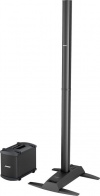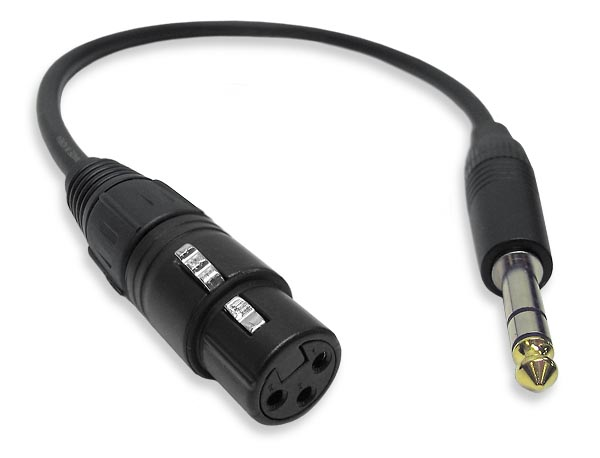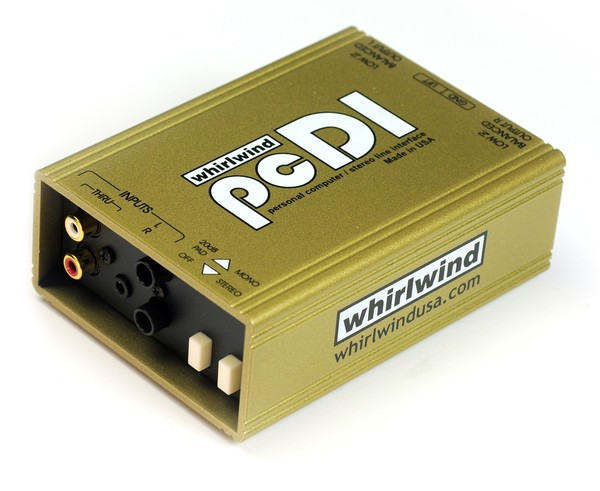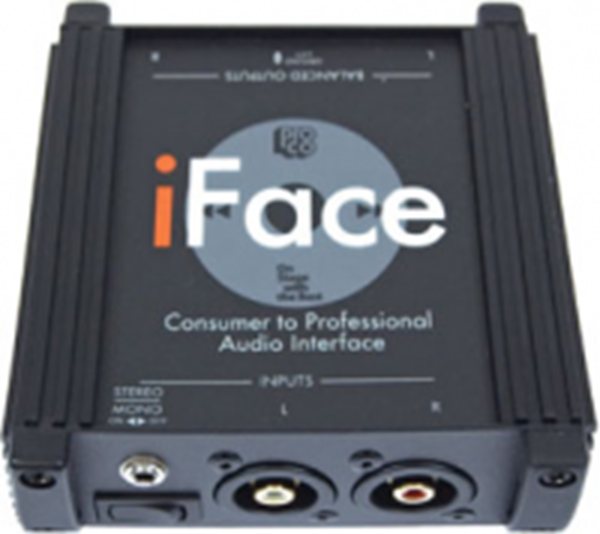Difference between revisions of "Stereo to Mono Connections"
m (New page: This article is about connecting a stereo source directly to the analog input of the Bose {{Model 1S}} or {{Model II}}. The recommended approach is to use a {{T1}} connecting your stereo ...) |
(No difference)
|
Revision as of 18:48, 13 July 2014
This article is about connecting a stereo source directly to the analog input of the Bose L1 Model 1S or L1 Model II. The recommended approach is to use a T1 ToneMatch Audio Engine connecting your stereo source to Channel 4/5 or by USB if your source is a computer. If you are looking for alternatives to a T1 ToneMatch Audio Engine then this article will give you some ideas.
- The Bose L1 Model 1S and L1 Model II analog input on the Power Stand is a balanced mono input.
Let's start with this idea: You should not consider using a Y-adapter to connect your stereo source to the L1 Model 1S or L1 Model II Power Stand. For details about that see: Why Not Wye.
Contents
Analog Input
The Analog input is a ¼ inch balanced input jack.
Analog input trim (volume, or gain) control
There is a trim control for the analog input.
With the audio on the input signal at or near its most intense, adjust the trim level on the Model II analog input until the LED begins to turn from yellow to red. Then reduce the trim level until the signal LED is predominantly yellow with only brief changes to red.
Can a stereo signal be used with the analog input?
A ¼ inch Tip-Ring-Sleeve connector carrying a stereo signal should not be used with the analog input on the Model 1S or Model II.
Even though a ¼ inch Tip-Ring-Sleeve connector can carry a stereo signal this is not how this physical connection is used on the Power Stand.
The analog input on these models is balanced, and will therefore subtract the Left and Right signals on a stereo cable and you will hear an L-R (Left minus Right) signal.
You cannot 'get through the gig' this way if you are a DJ or if you need to run prerecorded music or have stereo inputs.
Using a Mixer
If you are using a mixer instead of a T1 ToneMatch Audio Engine use the mixer to create a mono output and send that to the Model II Power Stand Analog input.
- If there is a stereo/mono switch then use it and send the mono output to the Model II Power Stand Analog input.
- If there is a Left/mono output then use that and send it to the Model II Power Stand Analog input.
- If there is no way to create a mono output then pan all your mixer inputs all the way to one side (e.g. Left) and then take the mixer for that side (e.g. Left) output and send it to the Model II Power Stand Analog input.
Summing Devices
If you have a stereo device (and do not the extra features of a mixer then you can consider a summing device). The following notes are not specific recommendations or endorsements.
⅛ stereo source =
If your source is a ⅛ stereo jack you can use something like this:
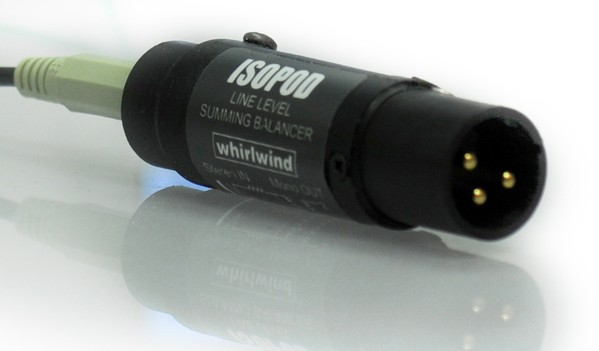
The output side is XLR so you will also need a converter or cable that is XLR femail to Balanced ¼ inch jack Tip-Ring-Sleeve.
[http://www.audiopile.net/products/Mic_Instr_Cables/MP_Adaptor_Cbls/MP-105/MP-105_cutsheet.shtml Female XLR to 1/4" Male TRS Balanced Adaptor Cable]
Thanks to Richard Mills for the suggestion.
RCA stereo source
If your source is stereo RCA you can use something like this:
OR
Thanks to Dan Rosebach for the suggestion.
